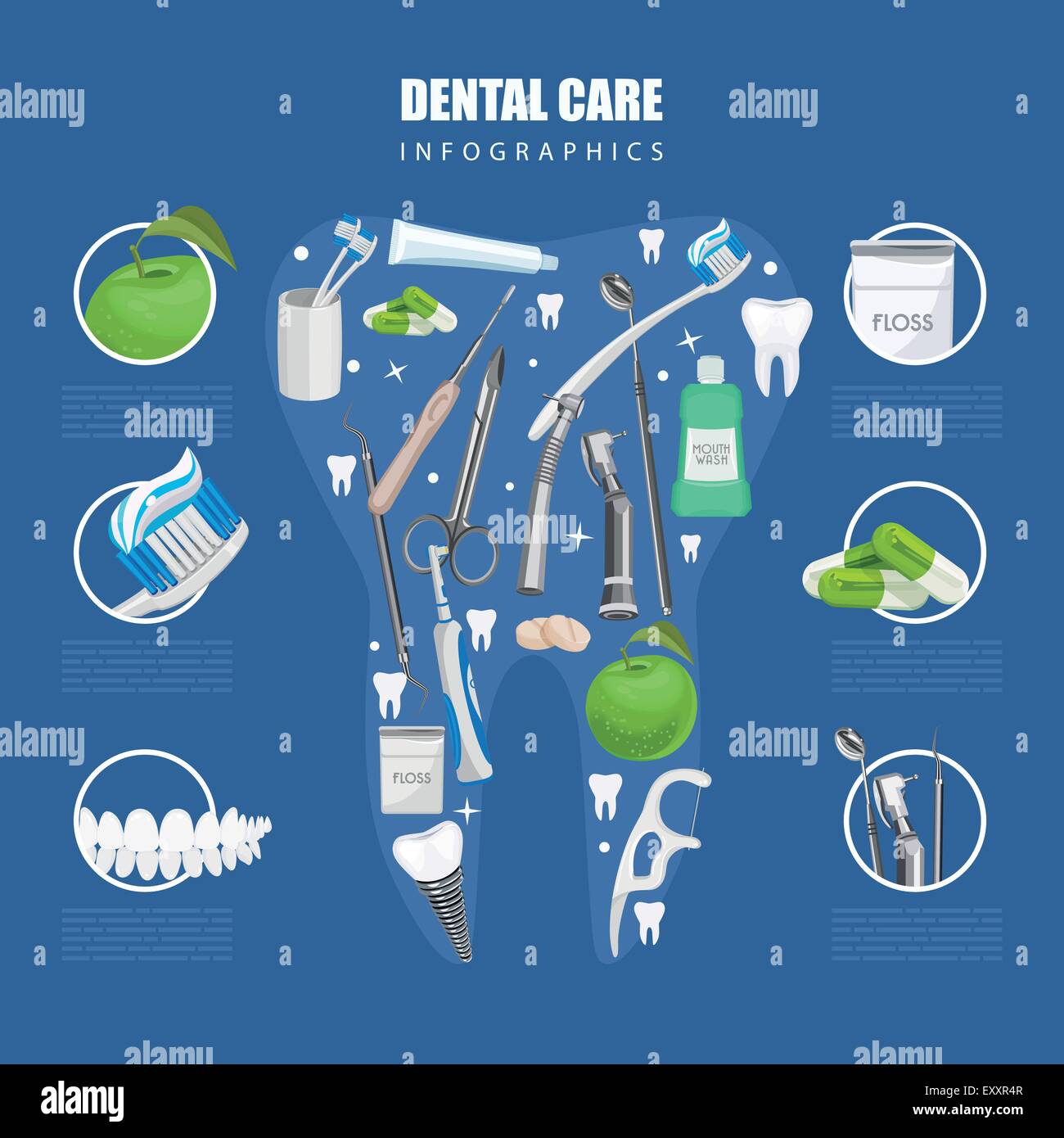Examine The Innovative Developments That Are Changing Oral Surgery. Discover What The Future Holds For This Field And Keep On Your Own Informed. Click Currently For An Exclusive Sight Of Upcoming Innovations
Examine The Innovative Developments That Are Changing Oral Surgery. Discover What The Future Holds For This Field And Keep On Your Own Informed. Click Currently For An Exclusive Sight Of Upcoming Innovations
Blog Article
Web Content By-Foldager Terrell
Invite to the globe of dental surgery, where developments and advances are shaping the future of the field! In this interesting world, you'll witness the transformative power of robotics, the sophisticated marvel of 3D printing, and the game-changing effect of minimally intrusive techniques.
The future of dental surgery holds a promise of accuracy, effectiveness, and improved person end results. With the help of innovative robotics, surgeons are able to execute complex procedures with greater precision and control.
3D printing modern technology is changing the production of oral implants and prosthetics, offering tailored solutions that fit flawlessly into each client's distinct anatomy.
Furthermore, minimally invasive methods are lowering post-operative pain and recovery time, enabling individuals to go back to their day-to-days live earlier.
Get ready to discover the interesting developments and breakthroughs that are reshaping the landscape of dental surgery!
Innovations in Robotics
One major development in oral surgery is using robot innovation, which enables exact and efficient surgical procedures. With the help of robot systems, oral doctors have the capacity to carry out complicated surgical treatments with enhanced accuracy, lessening the threat of human mistake.
These robot systems are furnished with advanced imaging technology and specific tools that make it possible for cosmetic surgeons to browse with detailed physiological structures easily. By making use of robotic modern technology, cosmetic surgeons can accomplish better surgical accuracy, leading to boosted client results and faster healing times.
On top of that, making use of robotics in dental surgery enables minimally invasive procedures, minimizing the injury to bordering tissues and advertising faster recovery.
3D Printing in Oral Surgery
To enhance the field of dental surgery, you can explore the subtopic of 3D printing in oral surgery. https://miloojdyr.worldblogged.com/38748614/orthodontic-emergencies-just-how-to-react-and-ways-to-avoid-incidents has the potential to reinvent the means oral surgeons run and deal with patients. Below are four vital methods which 3D printing is shaping the area:
- ** Personalized Surgical Guides **: 3D printing allows for the development of highly precise and patient-specific medical overviews, improving the accuracy and efficiency of procedures.
- ** just click the next website **: With 3D printing, oral doctors can create tailored implant prosthetics that completely fit a patient's special composition, causing better end results and person complete satisfaction.
- ** Bone Grafting **: 3D printing enables diseño de sonrisa en utah precio of patient-specific bone grafts, reducing the need for standard grafting methods and improving healing and recovery time.
- ** Education and learning and Training **: 3D printing can be utilized to create sensible surgical designs for academic purposes, allowing oral doctors to exercise intricate treatments prior to executing them on individuals.
With its prospective to boost accuracy, modification, and training, 3D printing is an interesting growth in the field of oral surgery.
Minimally Invasive Strategies
To even more progress the area of oral surgery, accept the potential of minimally intrusive methods that can substantially benefit both cosmetic surgeons and patients alike.
Minimally intrusive strategies are changing the area by lowering medical injury, minimizing post-operative pain, and increasing the recovery process. These methods entail making use of smaller sized lacerations and specialized instruments to do treatments with precision and efficiency.
By utilizing innovative imaging technology, such as cone beam computed tomography (CBCT), doctors can properly plan and implement surgical procedures with minimal invasiveness.
Furthermore, making related webpage of lasers in oral surgery permits precise tissue cutting and coagulation, causing lessened bleeding and reduced healing time.
With minimally intrusive strategies, individuals can experience much faster recuperation, reduced scarring, and improved end results, making it a vital aspect of the future of dental surgery.
Conclusion
So, as you can see, the future of dental surgery is unbelievably encouraging, with interesting innovations and advancements shaping the area.
From the advancements in robotics to the use of 3D printing and minimally invasive techniques, dental cosmetic surgeons are revolutionizing the way they supply treatment.
While some might worry about the potential cost associated with these innovations, it is very important to keep in mind that these innovations ultimately improve patient end results and decrease healing time, making them well worth the investment over time.
